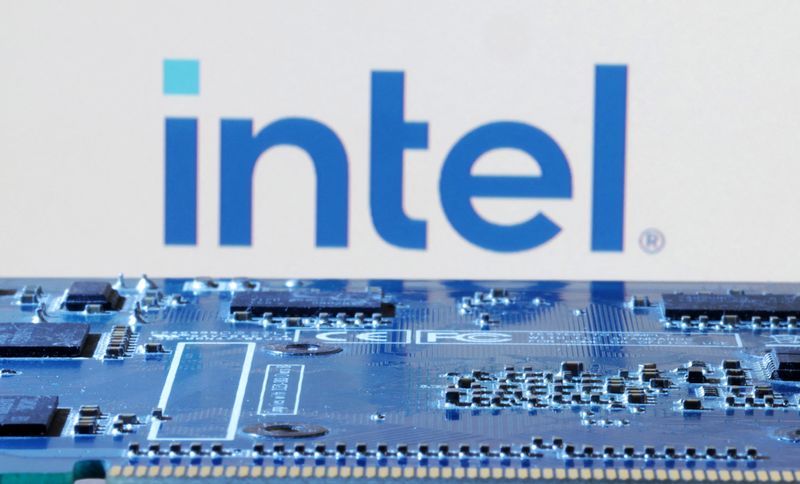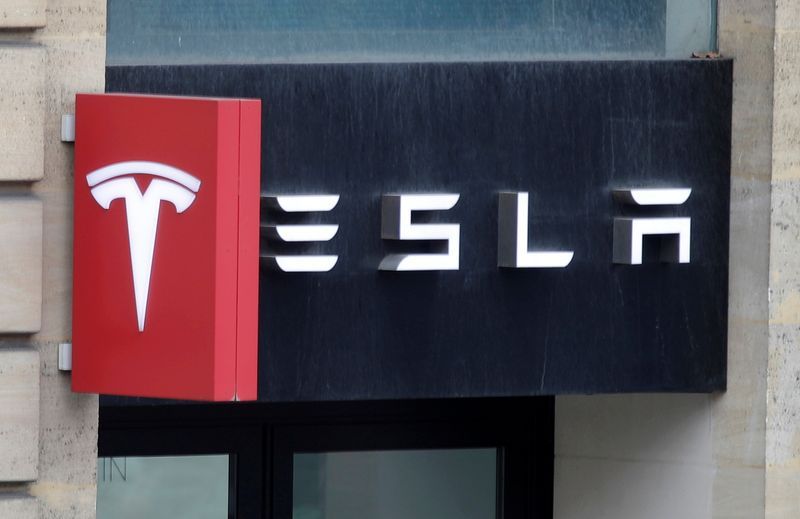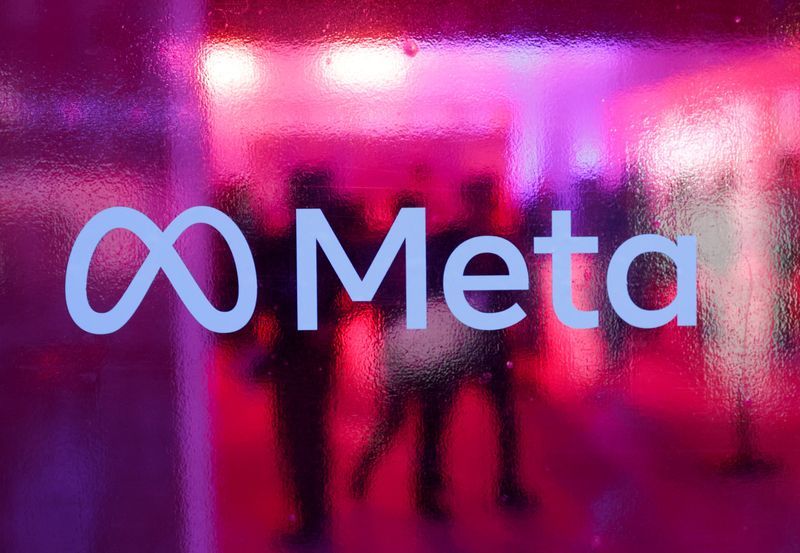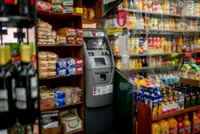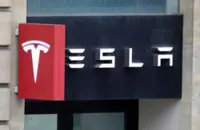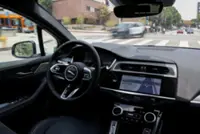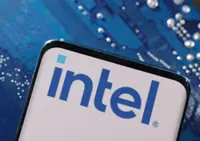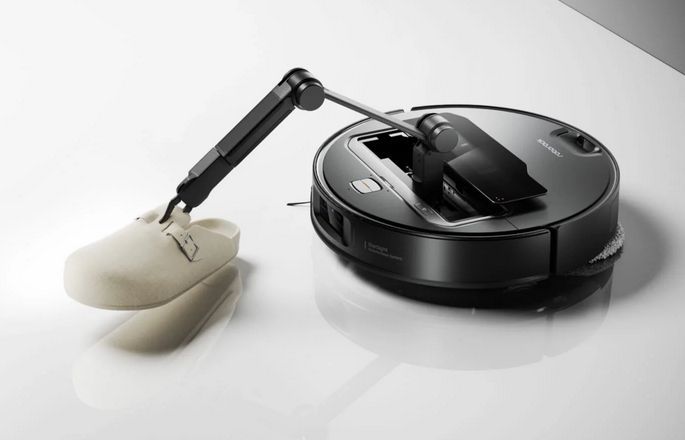
In a demonstration, the company showed how the Saros Z70's arm can pick up small items like socks, slippers, tissues and hand towels. — Roborock
For years, technologists have dreamed of outfitting homes with robots to handle chores like cleaning floors, loading dishwashers and even fetching a glass of water. While some of the tasks, such as mopping, can already be automated, the industry is now preparing for even more advanced robots.
One such company, Chinese vacuum brand Beijing Roborock Technology Co, is trying to be part of the next wave of consumer offerings and is preparing to release what it calls the Saros Z70, one of the first devices to include a robotic arm. In a demonstration, the company showed how the arm can pick up small items like socks, slippers, tissues and hand towels. The device first generated advance buzz earlier this year at the CES technology conference, where it performed a sock pickup in front of thousands of onlookers.
The addition of a robotic arm makes it unique compared with other robotic devices currently on the market, which mostly includes automated vacuum cleaners and mops from companies like Roomba maker iRobot Corp, Dyson Group Plc and Eufy. While the Roborock device was one of several to include motorised arms at CES, it’s among the only such devices that consumers will soon be able to actually purchase. But at US$1,900 (RM8,385, before possible tariff price hikes), it’s far more expensive than a Roomba, which can cost only a few hundred dollars.
While a demonstration this month was impressive, it still underscored that home robots are in their early stages even as they begin to go on sale. It’s an area that some of the world’s biggest technology companies, including Alphabet Inc’s Google, Meta Platforms Inc and Apple Inc are exploring. The search engine giant and social networking company are both working on AI systems to power third-party robots, while the iPhone maker is testing its own smart home display that can move around on a robotic arm.
In the demo, the Roborock robot, which a human presenter kept referring to as "he”, initially sat still, processing the objects laid out in front of it. Eventually, it started moving at a crawling, unthreatening pace. It then stopped just shy of one item – a sock – and reached forward with a skinny mechanical arm to snatch it off the floor. The Saros Z70 was slow and deliberate, but eventually recognised the items in front of it and was able to successfully pick them up using its five-axis arm. Still, it would have been much faster for a human to just move the item.
The robotic vacuum, which also has a mopping mode, has several restrictions when it’s being used to move objects. For safety reasons, the mechanical arm is not activated by default, and requires an authentication process involving a series of button presses on the robot itself.
Additionally, the vacuum will only pick up the small list of objects it is designed to handle. A built-in weight sensor prevents it from lifting anything weighing more than 300 grams. The company has already received feedback suggesting it should add pet and children’s toys to the list, but it’s unclear when such functionality will be added, if ever.
Before use, a customer needs to set up a designated zone where the robot can drop off things it’s picked up. The device comes with a sorting box where the robot deposits most of the items it grabs. That particular container is required for the system to work, but the company plans to later expand to other types of bins. Right now, users can set up two sorting zones: one for shoes (no box required) and another for everything else (that’s where the container comes in).
Similar to a Roomba, the Saros Z70 can be programmed to automatically pick up stray items. If the scheduled routine also includes vacuuming or mopping, sorting will always come afterward, though there’s an option for "follow-up” cleaning where the robot circles back to the spot where an object had been. Alternatively, there’s a "manual” mode wherein you can review recognized objects in the app before the robot goes to inspect them.
There’s also a mode allowing the user to operate the Saros Z70 using on-screen controls in an accompanying iOS and Android app – the modern-day successor to a battery-operated remote-control car. In a demo, the vacuum was able to roll toward items and pick them up, but learning how to move the robot back, forward and side to side required some trial and error.
While the device is technically ready for consumers – it works as advertised – the underlying technology is still in its early stages. Roborock plans to add more features, including support for expanded object recognition, through future software updates. The product will receive at least two such updates even before it goes on sale, according to the company. – Bloomberg







